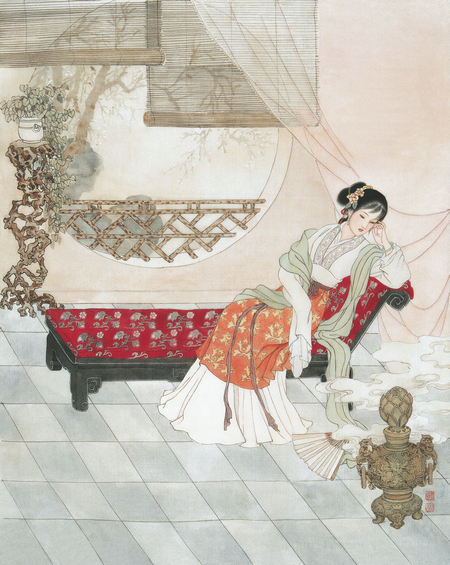New exhibition combines Peking Opera and picture stories
 0 Comment(s)
0 Comment(s) Print
Print E-mail China Daily, August 14, 2020
E-mail China Daily, August 14, 2020

The traditional practice of telling stories in a series of images can be traced back to ancient civilizations. In China, serial paintings depicting stories about Buddhism were found in the Dunhuang frescos of the Mogao Grottoes, which were produced between the fourth and 14th centuries, in Gansu province.
From the 19th to early 20th century, a large number of picture-story books were published in Shanghai, which as an open harbor had the most advanced printing technologies in China, according to Xu Mingsong, a Shanghai-based scholar of art history and curator of the show.
These publications, with black-and-white drawings of diverse styles and compositions, featured social events that took place at home and abroad, as well as literary and theatrical subjects. In the early 1900s, these serial picture-story books became extremely popular with the masses.
In 1952, the East China People's Arts Publishing House was founded. It changed its name to Shanghai People's Arts Publishing House in 1955.
Studios and editorial teams were later established to create lianhuanhua, and artists such as He Youzhi, Cheng Shifa and Zheng Jiasheng joined the institution. Known as the"108 generals", these artists joined hands to push lianhuanhua to its golden age, which spanned the 1960s to the early 1980s, when television and new forms of entertainment overshadowed the art.
Because of the municipal epidemic-containment protocols, visitors have to make online reservations before coming to the exhibition. Visits can be booked through the WeChat account, "Yihong talks about Opera".
If you go
Peking Opera and Lianhuanhua
10 am-5 pm, through Sept 20.33, Lane 672, Changle Road, Jing'an district, Shanghai.






Go to Forum >>0 Comment(s)